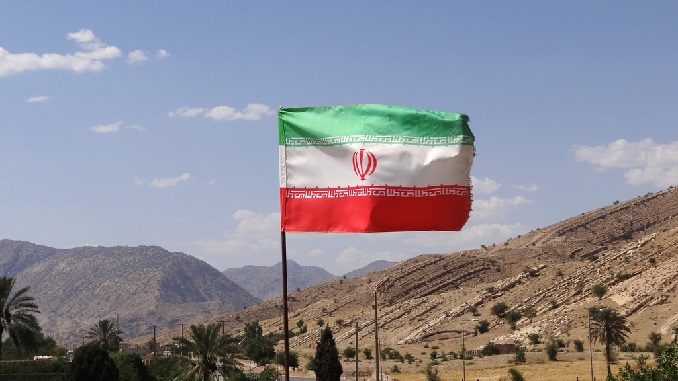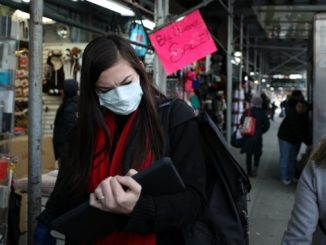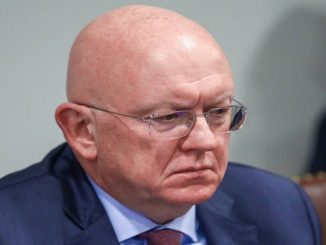
In less than a month, demonstrations against corruption and a lack of economic reform erupted in both Iraq and Lebanon. In both countries, the unprecedented protests, which rocked Shiite towns and cities, have revealed that Iran’s system for exerting influence in the region failed, Foreign Policy writes.
For the Shiite communities in Iraq and Lebanon, Tehran and its proxies have failed to translate military and political victories into a socioeconomic vision; simply put, Iran’s resistance narrative did not put food on the table.
Since the very beginning of the Islamic Revolution, the Iranian government and the Islamic Revolutionary Guard Corps have had a clear, long-term, and detailed policy on how to export its revolution to the region, mainly in countries with a substantial Shiite majority. Iran had been very patient and resilient in implementing its policy, accepting small defeats with eyes on the main goal: hegemony over Iraq, Lebanon, Syria, and Yemen.
Today, Iran seems to be winning the long game. Its proxy in Lebanon prevailed in last year’s parliamentary elections. In Syria, Iran managed to save its ally, President Bashar al-Assad. In the past several years, Iran has also gained a lot more power in Baghdad through its proxies, including the Popular Mobilization Forces (PMF), the Shiite militias created to fight the Islamic State.
However, in its four-decade plan, Iran overlooked an important point: a socioeconomic vision to maintain its support base. While exhausting every opportunity to weave itself into the region’s state institutions, the Iranian regime failed to notice that power requires a vision for the day after. As events unfold in the region, Iran is failing to rule. Iraq and Lebanon are good examples.
Iran created proxies in both countries, gave them power through funding and arms, and helped them infiltrate state institutions. Today, state institutions in Iraq and Lebanon have one main job: Instead of protecting and serving the people, they have to protect and serve Iranian interests, FP points out.
Observers have called the current protests in Lebanon “unprecedented” for a number of reasons. For the first time in a long time, Lebanese have realized that the enemy is within, it is their own government and political leaders, not an outside occupier or regional influencer.
According to FP, political leaders have been unable to control the course of the protests, which are taking place across all sects and across all regions, from Tripoli in the north to Tyre and Nabatieh in the south and through Beirut and Saida. The scale shows that the protesters are capable of uniting beyond their sectarian and political affiliations. What brought them together is an ongoing economic crisis that has hurt people from all sects and regions. As one protester said: Hunger has no religion.
But most significantly, the protests are unprecedented since Hezbollah also took an unusual stance. Having prided itself for decades for protecting the impoverished and fighting injustice, Hezbollah leader Hassan Nasrallah decided to side with the authorities against the people in the streets. That’s a major setback for Hezbollah as it deals with the current protests, its most difficult domestic challenge so far, FP notes.




Be the first to comment